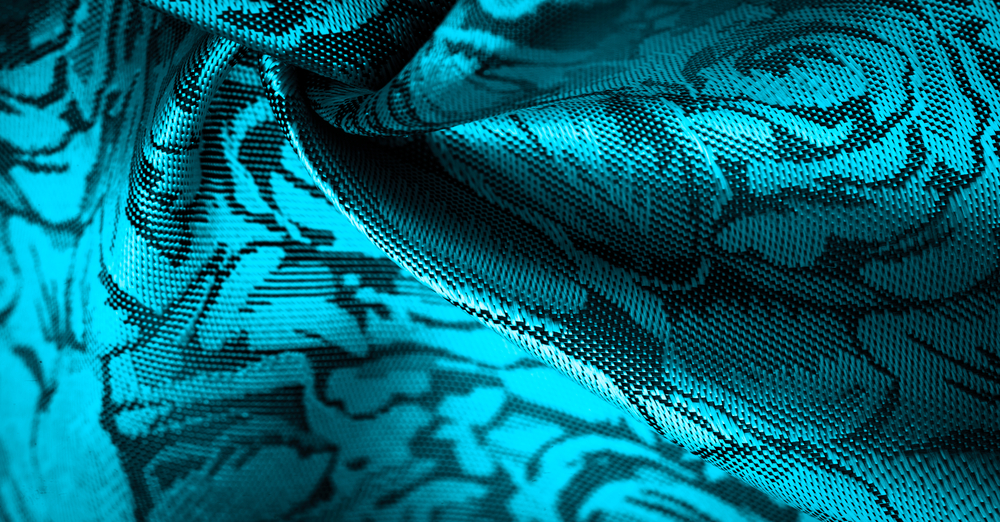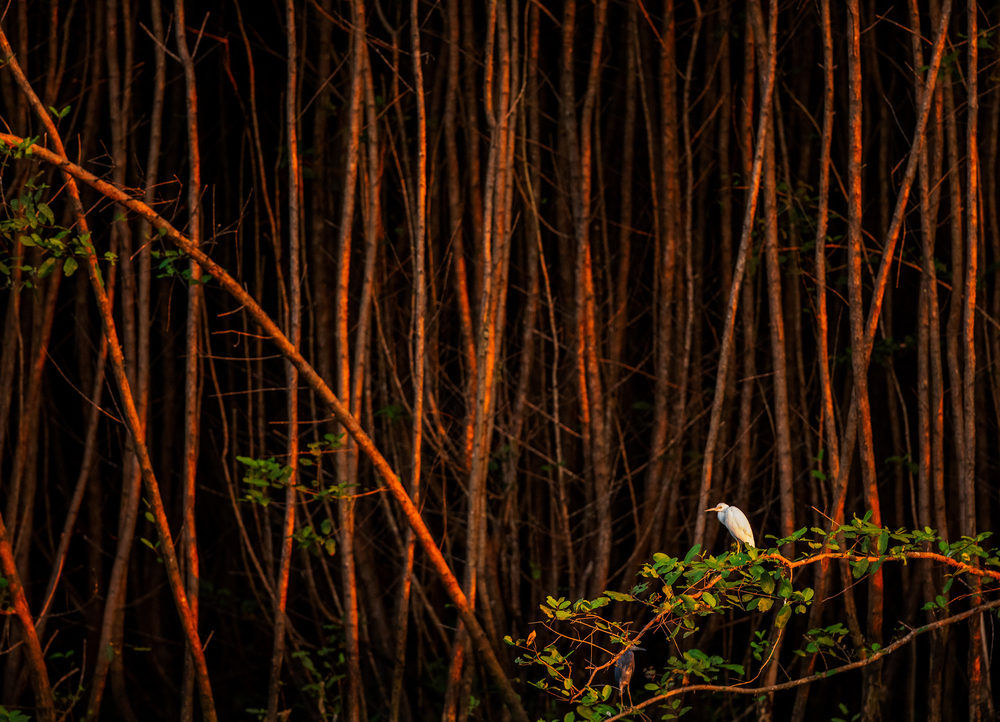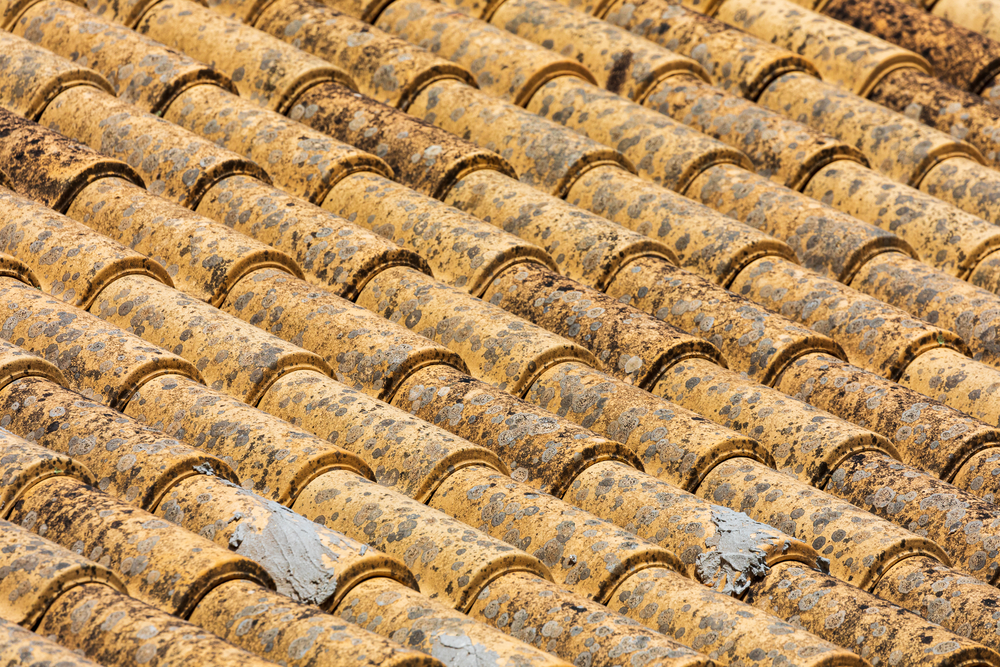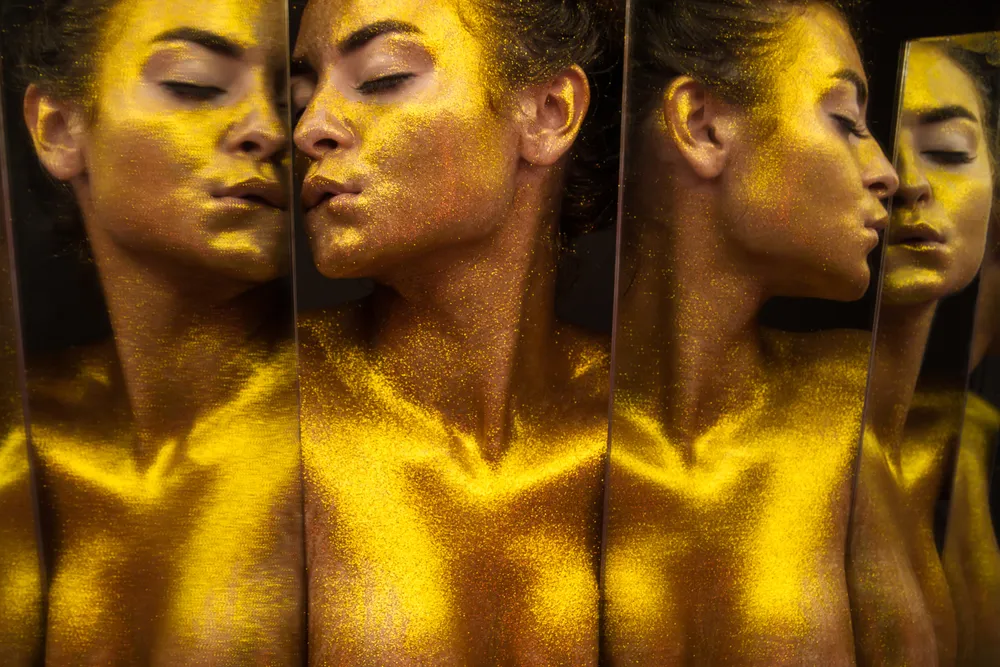Get into Abstract Photography! 5 Tips for Beginners
Abstract photography appeared long before people started using cameras and film to take images. The reason for this is simple: to mechanically capture an object on some surface (for example, glass, magnetic tape, or light-sensitive paper), you can use a variety of tools. And if you can’t focus on the subject or control the shutter speed, the result will be quite ‘abstract’ and your subject might be impossible to recognize.
Abstract photography as an artistic method began to evolve back in the 19th century (spectroscopy and X-ray were first used for it), and today this genre is called the most widespread in the world (abstract photographs are taken more often than portraits and landscapes!). The large-scale exhibition ‘Abstraction in Photography’ at MoMA, which took place in 1951, gained the genre of abstract photography world recognition.
In 2020, abstract photography is also popular among Depositphotos customers. In this article, we invite you to master this genre of photography. And although you might not devote yourself to abstract landscape photography after reading, you will definitely get a creative boost by exploring the ‘abstract’ potential of things around you.
What is abstract photography?
Abstract photography is a genre with the main feature being the absence of a recognizable object in the frame. Photographers who work with this genre strive to convey emotions or impressions, rather than document the visual representation of objects.
The list of famous abstract photographers of all time includes Man Ray, László Moholy-Nagy, Hiroshi Sugimoto, Paul Strand, Wolfgang Tillmans, Christian Schad, and many more. However, not all of them used a camera to create their works. Some explored the potential of ‘painting’ with electromagnetic radiation, heat, radioactive radiation, and chemicals.
The abstract photography term is almost impossible to define, as there are no specific rules for the genre. Turn on your smartphone camera, press the shutter button, and shake your gadget: congratulations, you’ve got an abstract photo!
And while there are no technical and ‘subject’ limitations in abstract photography, there are a number of features that turn an abstract photo into a masterpiece. For example, well-balanced composition and color palette, hypnotizing rhythm, the mysteriousness of abstract ornament, which stimulates our imagination.
With the tips we mentioned below, you’ll be able to express yourself with abstract photography avoiding the most critical mistakes.
5 abstract photography tips for beginners
#1 Find a subject you are comfortable with
To understand how abstract photography works, we recommend that you look through abstract painting albums. In particular, ones with masterpieces by Wassily Kandinsky, Piet Mondrian, Joan Miro, and Jackson Pollock.
Feel the power of abstract visuals. Abstract photography is not about capturing objects, but about sharing an impression or even a sensation. How might cold look in your photo? What color is despair or love? What visual rhythm can irritation or insomnia have?
You don’t necessarily have to come up with your abstract photo idea in advance. Take a picture first and then associate it with something.
Consider, that such a snap may be beautiful in itself (this is how works of many abstractionists were designed).
Obviously, you need to start somewhere. Grab your camera and take an abstract photo of an object you are familiar with. Try to play with your future audience: take a picture of your subject so that it is impossible to recognize it. The essence of this exercise is that it is much easier to apply a new artistic method to familiar things than to work in an unfamiliar genre and with an object with unknown properties.
#2 Consider the Golden Ratio, patterns, and classic color combinations
Since you’ve figured out how to turn what you see into a set of shapes and colors, it’s now time to apply some time-tested ‘beauty’ rules from traditional photography. However, many rules of composition and color combinations came to us from the theory of painting. Here is a list of the most useful ones:
- Rule of thirds and Golden Ratio
- Symmetry and composition balance
- Patterns
- Contract background
- Natural framing
- Leading lines and perspective
For a detailed description of the most popular composition rules, see the ‘Back to Basics: 10 Composition Rules in Photography’ article.
The rules for colors are also important. For example, you can use the color wheel to choose pairs and triplets of colors that work well with each other, or you can use color theory to influence the emotions of your audience through your abstract photography. We explain some of the rules for working with colors in a frame in this article (‘A Little Bit on Color Theory and Meanings of Color in Design’).
If you haven’t followed the compositional rules when taking pictures before, and therefore are not familiar with them, our advice is to practice with each rule separately. This will improve the quality of your work.
#3 Wait for appropriate light or light effects
Light is one of the most critical elements of abstract photography, along with shape and color. Regardless of you working with sharp shadows or soft gradients, keep in mind that you can only create both effects with light.
If you choose to work with macro photography, then you can easily adjust the lighting yourself. For aerial abstract photography and other ‘large-scale’ genres, you have to wait for the necessary natural light effect or use the available means to create contrasts.
Playing with shadow and light painting are two basic types of light-based abstract photography. If you decided to work with shadows, we recommend that you try your hand at black and white abstract photography or capture silhouettes on various surfaces.
Light painting is an artistic method where the photographer captures a bright (usually luminous) subject in a slow exposure mode. The subject moves against a dark static background and leaves a light trail in the photo.
#4 Find your scale (macro, close-up, aerial)
As we have already said, literally anything can be captured to create a mysterious abstract photo, including your favorite coffee cup or water drops on the surface of your mirror. The question is how to choose the scale at which you have a chance to create your masterpieces.
We invite you to experiment with these 3 most popular scales of abstract photography and then decide what works best for you. Keep in mind that each type of photography mentioned below requires a special lens and even specific photography gear.
Abstract macro photography
Photography gear: macro lenses, macro filter, reversing ring, macro extension tubes, ring flash
Subjects: textiles, drops of water or other liquids, soap bubbles, pollen of flowers, minerals, animal hair, leather, paper
Abstract сlose-up photography
Photography gear: close-up filters, extension tubes, macro lenses, ring flash
Subjects: flowers and plants, body parts, folds of fabric, small household items, books, and other objects that you can integrate into abstract compositions
Abstract landscape photography (aerial)
Photography gear: camera drone
Subjects: cities, large green objects (park, forest, valley), snow-capped mountain peaks, river valley in autumn, ocean coastline
If you have access to equipment that is more commonly used for scientific research than for fine art photography — for example, a microscope or a telescope with a digital photography mode — don’t miss the opportunity to take a couple of shots! Microscopes and telescopes are ideal tools for expanding our perception of abstract beauty. Get inspired by the photos of nebulas and bacterias!
Read this article to master your space photography skills — ‘The Night Is Not Just for Sleeping and Partying: Tips on Photographing the Night Sky’.
#5 Learn your camera settings
To create an abstract photo, you can use any camera you like, including your smartphone camera or a regular digital camera for studio portraits. What’s more, abstract photography can help you reimagine your favorite genre of photography.
The advantage of using familiar objects and a familiar camera is that you understand the patterns between different shooting settings, camera positions, and the end result. Here are some ‘abstract’ effects that can be achieved with a combination of basic settings:
Light trails
This effect is achieved by setting a slow shutter speed and low light sensitivity.
Blurred dynamic elements
Waterfalls turn into gradient lines and snow into a set of white stripes, while the background and other details remain clear. Use a tripod for these photos and set a slow shutter speed.
‘Cracked’ patterns
Abstract compositions from parts of the body of a dancer who was moving rapidly across the stage, or the wings of a seagull that flew over you. Such patterns can be obtained by setting multiple exposures or a long shutter speed.
Motion blur
Static subjects can become blurred and abstract if you simply shake the camera while shooting. More ideas here — ‘The Basics of Capturing Motion in Photography’.
Wrapping Up
Abstract photography is not only the oldest photography genre (it appeared before the advent of films and modern cameras) but also the most ‘liberal’ genre. The only rule that abstract photographers follow is that their images do not show anything specific.
For experienced photographers working with other genres, abstract photography is an opportunity to rethink the usual professional approach. And for amateurs, it is a proven way to find an individual style. Moreover, abstract photography will help any of them boost their portfolio on Depositphotos, as abstract backgrounds are in high demand.
Regardless of your level of expertise, we encourage you to try your hand at this amazing genre and enjoy the discoveries you make.
















